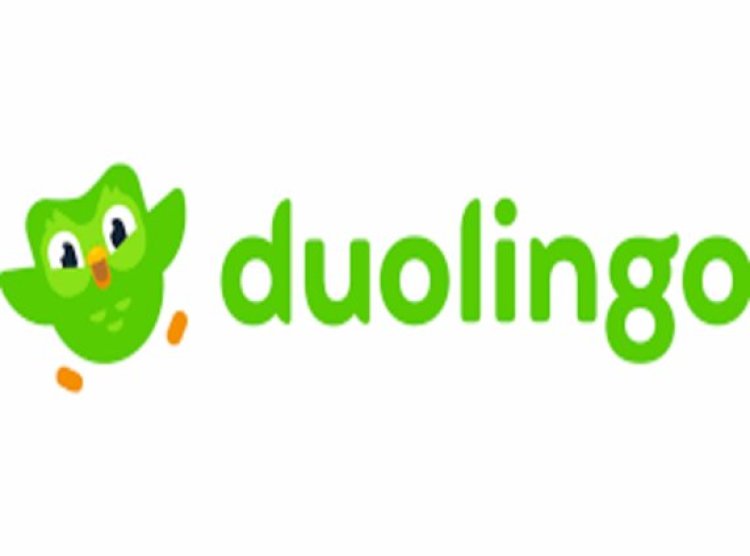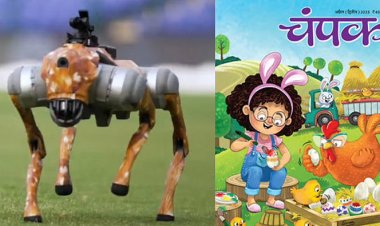Duolingo Targets India’s Growing Interest in Language Learning and Culture
Duolingo Expands in India: Adapting to Linguistic Diversity, Embracing Digital Marketing, and Tapping into Rising Interest in Foreign Languages.

Duolingo, the globally popular language-learning app launched in 2011, has become a major player in India since entering the market in 2016. Initially focused on helping Hindi speakers learn English, the app has evolved to cater to a broader range of language preferences among Indian users. According to Karandeep Singh Kapany, Regional Marketing Director of Duolingo India, interest in languages like Korean and Japanese is surging, driven by the influence of K-pop and anime culture.
Language Trends in India: English Dominates, But East Asian Interest Grows
While English remains the most sought-after language on the app, Duolingo has seen a noticeable rise in the popularity of East Asian languages. However, most Indian users are still primarily focused on improving their English skills, with a growing number exploring languages such as Korean and Japanese.
Kapany, who joined Duolingo in 2021 after a decade-long career with brands like Titan, Tanishq, and VerSe (DailyHunt), has led Duolingo’s Indian marketing strategy for nearly four years. He highlights the unique challenges and opportunities presented by India’s diverse linguistic landscape.
Marketing Strategy: Digital-First and Virality Focus
Duolingo’s approach in India centers on digital marketing, aiming to replicate the brand's international success in driving organic engagement. The company is focused on social media-first campaigns, steering clear of traditional media for now, though it remains open to future possibilities. Duolingo is leveraging its established pop culture status, with its iconic reminders and notifications often becoming the subject of memes and online chatter, driving organic virality among Indian users.
Navigating India’s Linguistic Diversity
India is a complex market for a language-learning app, given its immense linguistic and cultural diversity. Over 1,600 languages and dialects are spoken across the country, each with unique scripts, pronunciations, and cultural contexts. This poses a challenge for Duolingo as it seeks to offer relevant language courses that cater to a multilingual audience. Prioritizing which languages to offer is a strategic decision, with a need to balance both regional and international interests.
Yet, Kapany sees opportunity in the diversity. There is a growing community of language enthusiasts in India, keen on exploring not just regional languages but also foreign ones like French, Spanish, German, Japanese, and Korean, with English still leading the pack.
The Future of Language Learning in India
India is Duolingo’s largest market for English learning, underscoring the app's significance in the country. While awareness and brand building remain areas for growth, the potential is substantial, given India's youthful, tech-savvy, and increasingly bilingual or multilingual population. Kapany believes the rise of digital influencers and the app’s ability to resonate with India’s xenophiles—those passionate about foreign cultures and languages—will be key to further expansion.
For a deeper dive into Duolingo’s strategic initiatives and popular campaigns in India, watch the full video discussion with Kapany on how the brand plans to engage this nation of polyglots, striving to become the go-to language-learning platform in one of the world’s most linguistically diverse regions.

 sheetal
sheetal 










